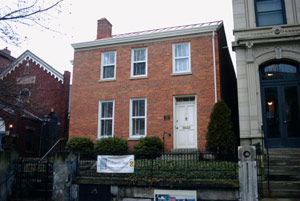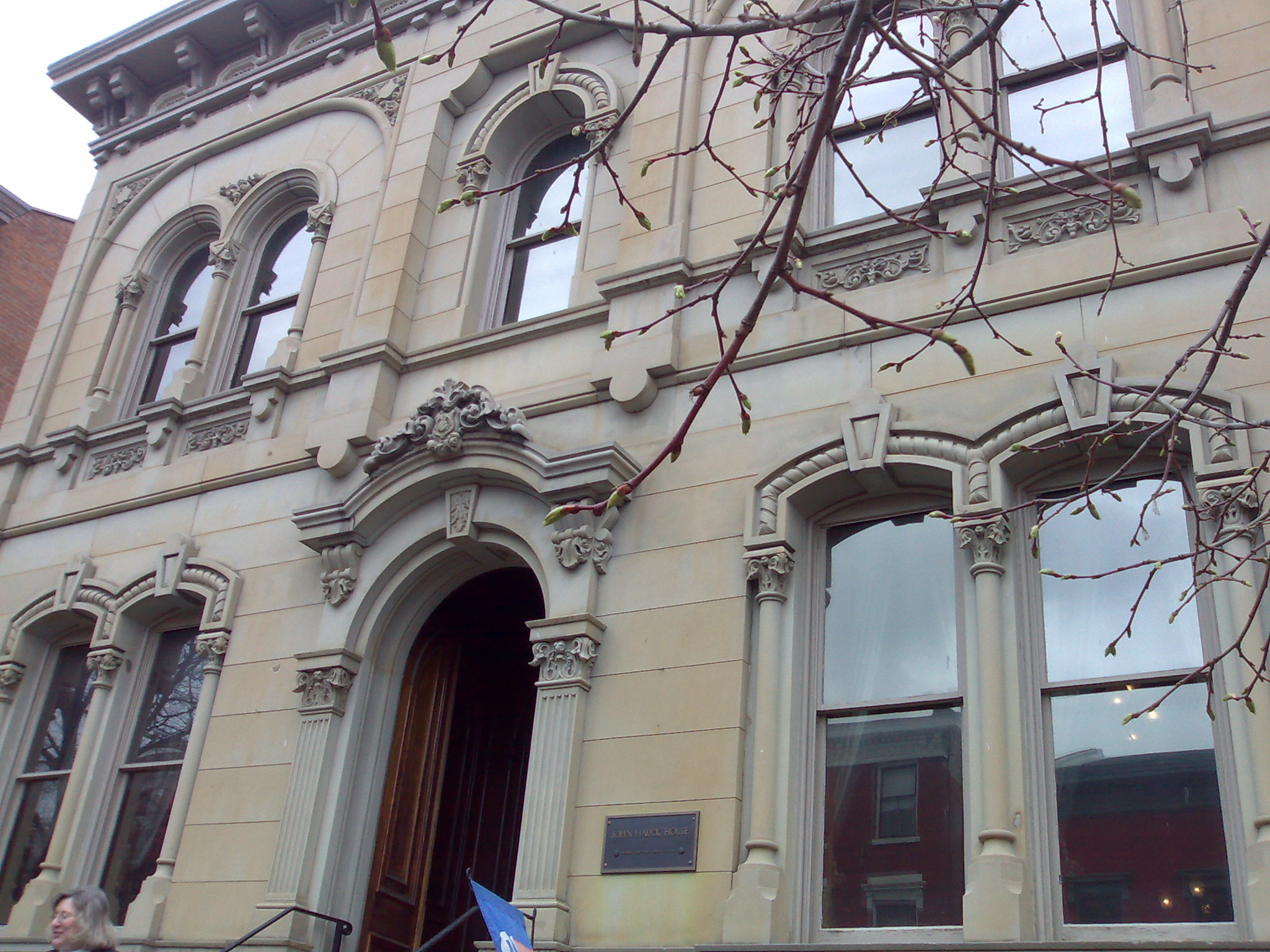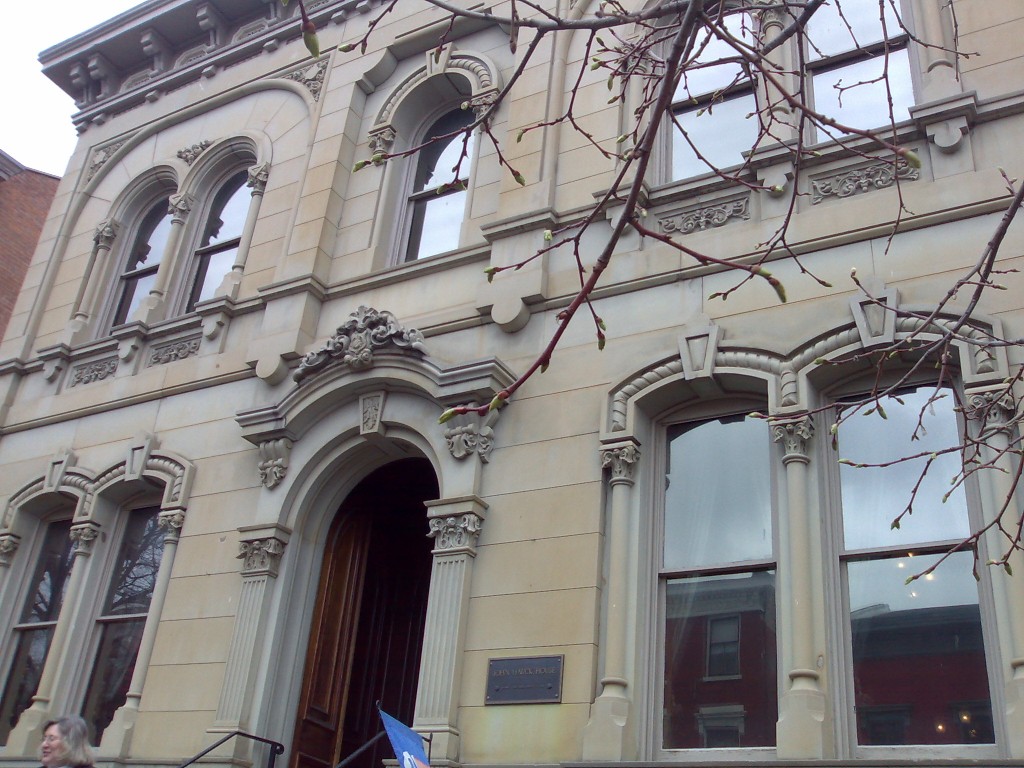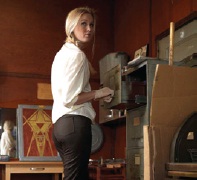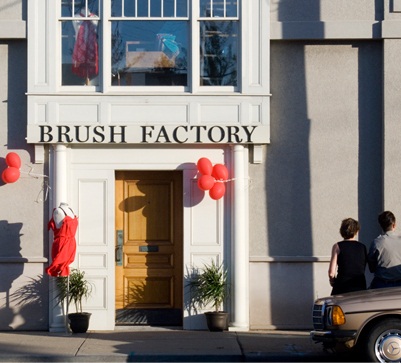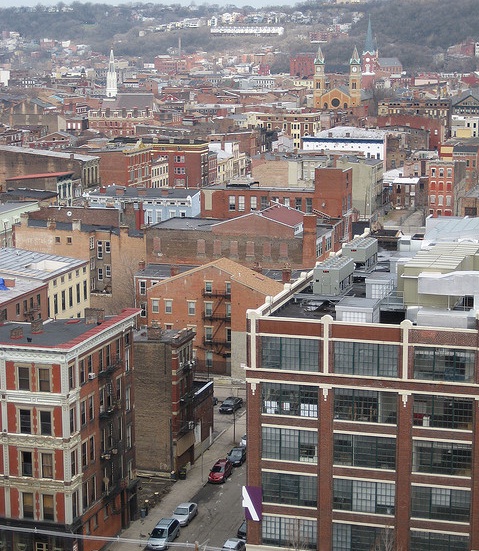The Cincinnati Business Courier is reporting that city and municipal sewer district officials are looking at a bold project that would completely transform South Fairmount, reclaim a currently buried creek, and solve the county’s largest combined sewer overflow (CSO) problem site.
Located at the western end of the Western Hills Viaduct, South Fairmount has been in an extended state of struggle. Vacancies and low property values plague the small neighborhood, and investments to rebuild Queen City Avenue have done little to spark new investment. But now officials are looking at a $122 million plan they hope will finally reinvigorate the area.
The crux of the five plans presented to community members is to fix a long-standing CSO problem which results in 1.7 billion gallons of dirty water flowing into the Mill Creek annually. In order to solve the problem engineers and planners would remove an underground sewer pipe dating back to 1910, and replace it with separate underground storm sewers and a reclaimed natural stream above.
The majority of the plans also call for a rebuilt park and recreation area, bike and walking trails along the reclaimed stream, potential mixed-use infill, civic gathering space and even a small lake at the eastern end of the project site.
While all of this immediately sounds exciting, there is an existing neighborhood located in this location. Dozens of historic structures, a park, businesses and residents would all have to be relocated during the potentially decade-long rebuilding project. Officials have begun acquiring land in the area already, and the city owns a good deal of land in the project site. Additionally, eminent domain is already being discussed for what is identified by the U.S. Environmental Protection Agency as a critical problem.
The impacts of such of project could and will be profound if it becomes reality. More than 40 acres of urban land would be completely rebuilt in what is considered to be the largest stream reclamation project, intended to solve a CSO problem, ever.
Cincinnati Vice Mayor Roxanne Qualls also sees the massive project as an opportunity to create a bus rapid transit center in South Fairmount that would connect the city’s western neighborhoods with uptown.
“For a community that’s been racked by poor transportation choices and declining homes and businesses that left, it would be a significant economic development project. This could be a really thriving community,” Qualls told the Business Courier.






